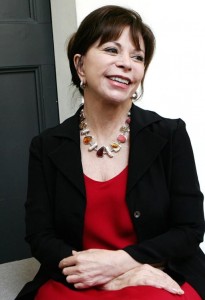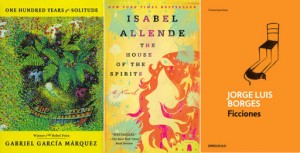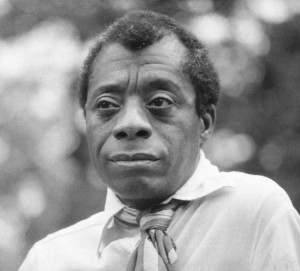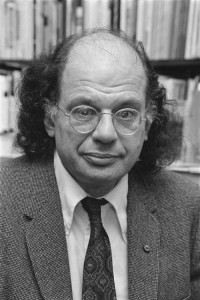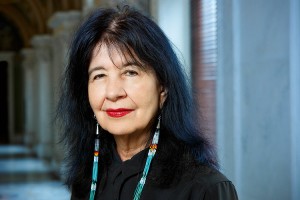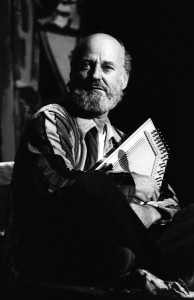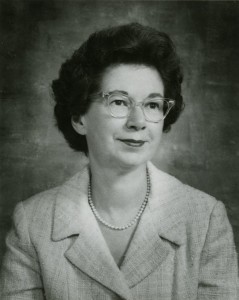Black History Month: Writer Jason Reynolds
Tuesday, February 8th, 2022
Author Jason Reynolds visits the Build Series to discuss his novel “Look Both Ways” at Build Studio on October 08, 2019 in New York City.
Credit: © Gary Gershoff, Getty Images
February is Black History Month, an annual observance of the achievements and culture of Black Americans. This month, Behind the Headlines will feature Black pioneers in a variety of areas.
When you check out the new releases section of your library or bookstore, you are bound to see several colorful and eye-catching books by Jason Reynolds. Reynolds is an American author of novels and poetry for young adult and middle-grade readers. His works explore a variety of topics from a young person’s perspective. Such topics include the Black American experience, as well as such issues as gun and gang violence.
In 2020, the librarian of Congress appointed Reynolds National Ambassador for Young People’s Literature. The position involves traveling and speaking to groups of children, parents, and teachers to promote the joy of reading. Although normally a two-year position, the term was extended to three years for Reynolds because the COVID-19 pandemic (worldwide epidemic) interrupted his speaking schedule.
Reynolds was born on Dec. 6, 1983, in Washington, D.C. He grew up in neighboring Oxon Hill, Maryland. Reynolds graduated from the University of Maryland in 2005 with a degree in English.
Reynolds became interested in poetry at a young age. An interest in rap music inspired him to explore literature. He advocates using rap and comic books as nontraditional ways to reach young readers. Reynolds’s first book, When I Was the Greatest, was published in 2014. It tells the story of three Black teenage boys growing up in the Bedford-Stuyvesant neighborhood of Brooklyn, in New York City. Reynolds often chooses Black teenagers—particularly teenage boys—as his subjects. He portrays the uncertainty or fear many of the boys feel, to encourage young male readers to express their own emotions.
Reynolds is best known for such books as Miles Morales: Spider-Man and Long Way Down (both 2017) and the “Track” series, which began with Ghost (2016). His other books include The Boy in the Black Suit (2015); All American Boys (2015, with Brendan Kiely); As Brave as You (2016); Look Both Ways: A Tale Told in Ten Blocks (2019); Stuntboy, in the Meantime (2021); and Ain’t Burned All the Bright (2022).
Reynolds also wrote Stamped: Racism, Antiracism, and You (2020). The book is an adaptation, for middle-grade and teen readers, of the award-winning book Stamped from the Beginning: The Definitive History of Racist Ideas in America (2016), written by the historian and activist Ibram X. Kendi. The books show ways in which past ideas and practices have embedded assumptions about race into modern thinking, and how people can identify racist thinking in their own lives in order to change it.
Reynolds has won many awards for his works, including the 2015 Coretta Scott King John Steptoe New Talent Award for When I Was the Greatest. Pick up one of Reynold’s award-winning books today, you may not be able to put it down!

